Ononsa Guesthouse (온온사)
13.8Km 2023-07-17
58 Gwanaksan-gil, Gwacheon-si, Gyeonggi-do
Though Ononsa, which was a guesthouse in Gwacheon, was constructed in the 27th year of King Injo's reign in the Joseon dynasty (1649), the name, "Ononsa," was given to this area during the reign of King Jeongjo. On February 11, 1790 during his royal procession to the tomb of his father, Crown Prince Sado, stayed at an inn in Gwacheon and, as he felt that it "has nice views and provides a comfortable stay," he bestowed upon the place plaques that he wrote himself - "Ononsa" to Seoheon and "Burimheon," which was the old nickname of Gwacheon, to Dongheon. This is how this place began to be called Ononsa.
It was designated as a Tangible Cultural Heritage of Gyeonggi-do on June 2, 1980, and it was restored on December 2, 1986 after being torn down.
E-Mart - Suseo Branch [Tax Refund Shop] (이마트 수서)
13.8Km 2024-04-22
280, Gwangpyeong-ro, Gangnam-gu, Seoul
-
Hanju Kitchen System [Tax Refund Shop] (한주주방아울렛)
13.9Km 2024-04-22
932, Yangjae-daero, Songpa-gu, Seoul
-
Garak Mall National Bakery Festival (가락몰 빵축제 전국빵지자랑)
13.9Km 2025-04-18
932 Yangjae-daero, Songpa-gu, Seoul
+82-2-3435-0286
During the festival, renowned bakeries from across Korea gather in Seoul, offering visitors a chance to taste the best-baked goods from different regions of Korea. Visitors cannot only enjoy the regional twist on bakery goods but also participate in various fun events, including a magic bubble show, bakery coupon giveaways and a chance to win some baked products. The festival is perfect to enjoy with friends and family while savoring a variety of flavors under the same roof.
Garak Market (가락시장 (가락농수산물 도매시장))
13.9Km 2020-07-18
932, Yangjae-daero, Songpa-gu, Seoul
+82-2-3435-1000
Garak Market, located in Songpa-gu, was the first public wholesale agricultural products market in Korea. The market offers separate sections for fruits and vegetables, meats, and other products in a 543,451 square meter area with over 17 buildings. The first sections to open were the agricultural and fishery markets in 1985. They were followed by the livestock market in 1986 and other direct sales shops opened in 1988.
Gobundari Market (고분다리 전통시장)
13.9Km 2023-12-22
8 Gucheonmyeon-ro 34-gil, Gangdong-gu, Seoul
Gobundari Market is a traditional market that takes care of food, clothing, and shelter for residents in Cheonho-dong. Because it is located in the center of the neighborhood, it is also a market where one can get a closer look into the daily lives of locals. One characteristic that stands out from this traditional market is none other than the murals. Murals of various themes that decorate the market area add eclectic energy to the quaint neighborhood. Like any other traditional markets, there are stores where visitors can purchase Koreans’ all-time favorite snacks.
Gwangmyeong Traditional Market (광명전통시장)
13.9Km 2022-12-29
17-5, Gwangi-ro 13beon-gil, Gwangmyeong-si, Gyeonggi-do
+82-2-2614-0006
Gwangmyeong Market can trace its origins back to the early 1970s as a small five-day market, meaning it opened once every five days. Now with more than 350 stalls and stores, Gwangmyeong Market is the most famous of Gyeonggi-do’s three major traditional markets. Through large scale remodeling, the market has become a pleasant and convenient place to shop, not unlike more modern grocery stores.
Haengjusanseong Fortress (행주산성)
13.9Km 2022-12-26
89, Haengju-ro 15beon-gil, Deogyang-gu, Goyang-si, Gyeonggi-do
+82-31-8075-4642
Haengjusanseong Fortress (Historic Site) atop Deogyangsan Mountain was the site of one of the three major Korean victories against the enemy during the Imjin War (1592-1598). Inside the fortress is Chungjangsa Shrine, a place to pay tribute to General Gwon Yul who led the victorious feat. A cultural event to pay tribute to General Gwon Yul is held every March 14.
ER Newcore Outlets - Gwangmyeong Branch [Tax Refund Shop] (ER 뉴코아아울렛 광명)
13.9Km 2024-04-18
8, Haan-ro 287beon-gil, Gwangmyeong-si, Gyeonggi-do
-
Elle - Newcore Gwangmyung Branch [Tax Refund Shop] (엘르 뉴코아 광명점)
13.9Km 2024-06-27
8, Haan-ro 287beon-gil, Gwangmyeong-si, Gyeonggi-do
-
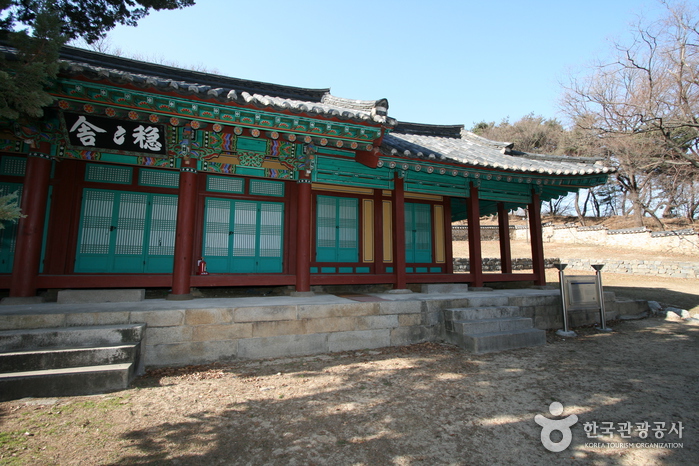
![E-Mart - Suseo Branch [Tax Refund Shop] (이마트 수서)](http://tong.visitkorea.or.kr/cms/resource/07/2889007_image2_1.jpg)
![Hanju Kitchen System [Tax Refund Shop] (한주주방아울렛)](http://tong.visitkorea.or.kr/cms/resource/31/2879331_image2_1.jpg)
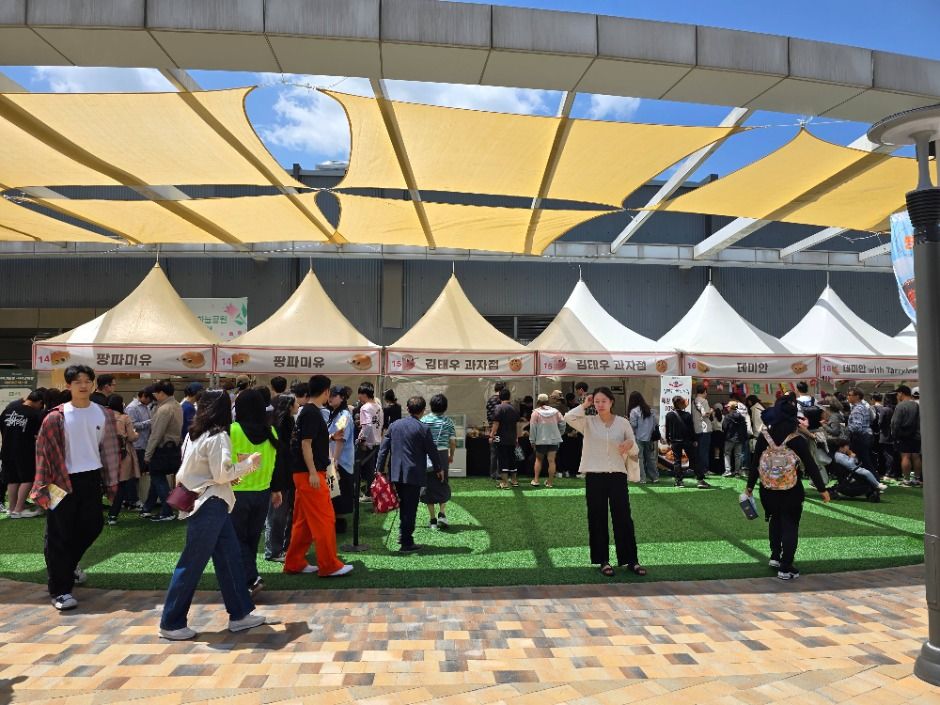
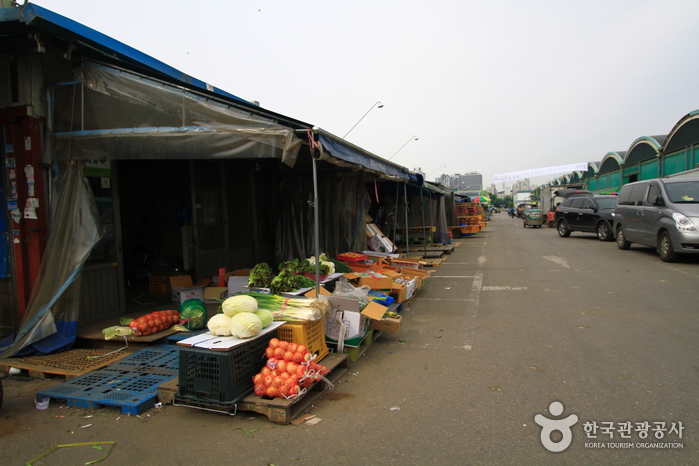
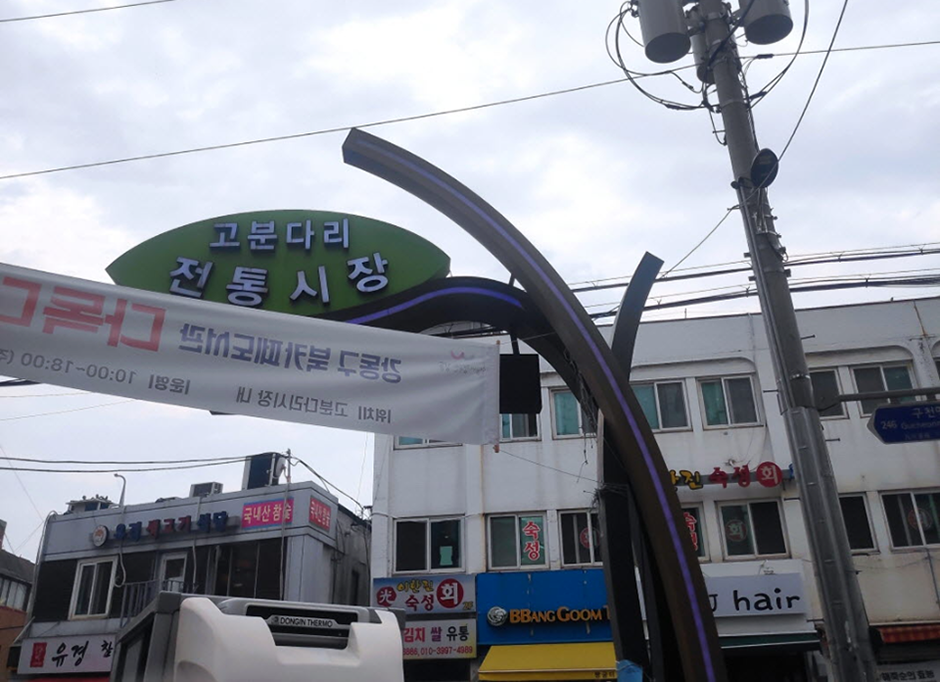
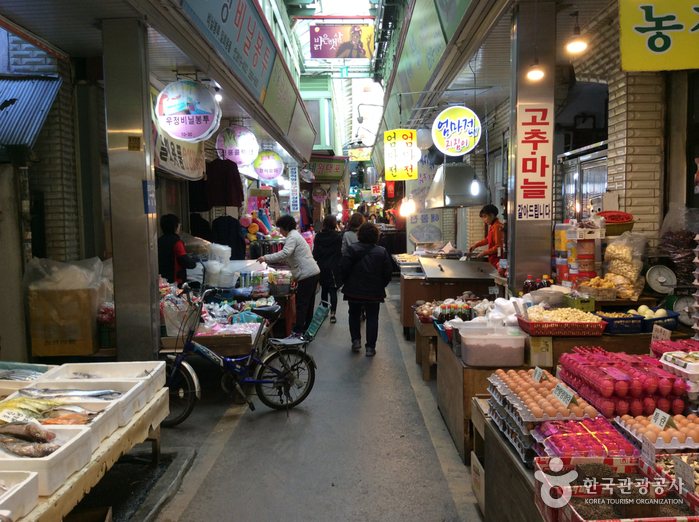
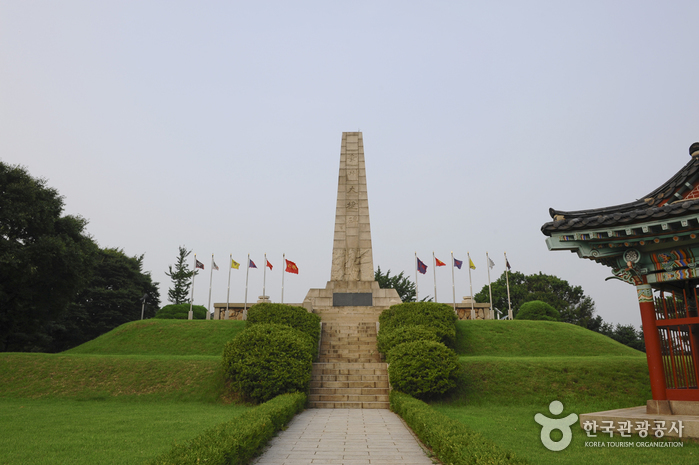
![ER Newcore Outlets - Gwangmyeong Branch [Tax Refund Shop] (ER 뉴코아아울렛 광명)](http://tong.visitkorea.or.kr/cms/resource/71/2888771_image2_1.jpg)
![Elle - Newcore Gwangmyung Branch [Tax Refund Shop] (엘르 뉴코아 광명점)](http://tong.visitkorea.or.kr/cms/resource/58/3314158_image2_1.jpg)
 English
English
 한국어
한국어 日本語
日本語 中文(简体)
中文(简体) Deutsch
Deutsch Français
Français Español
Español Русский
Русский